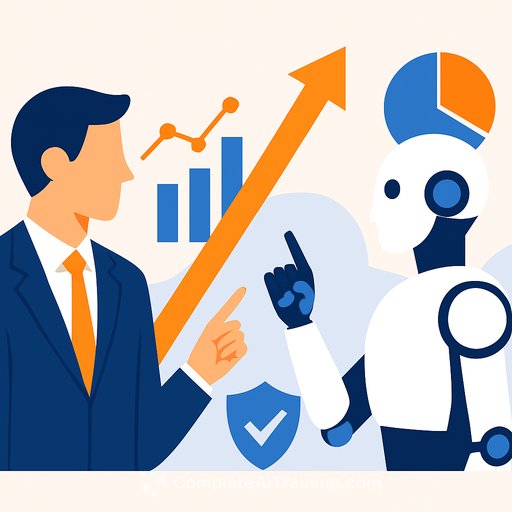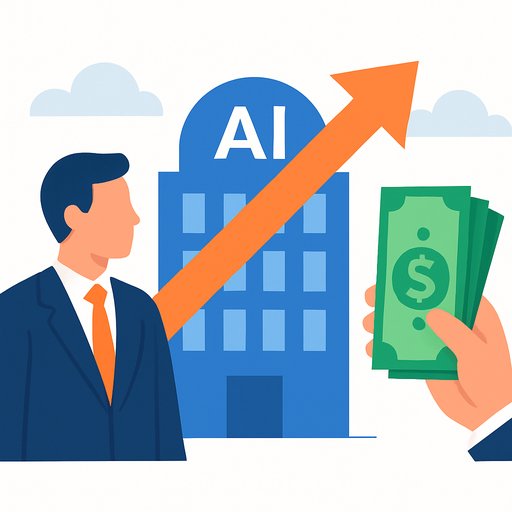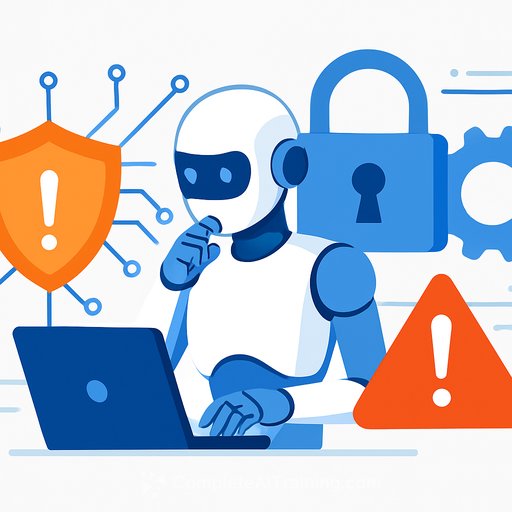AI is moving from back office to front of house - and managers need a plan
Artificial intelligence is no longer confined to Silicon Valley headlines. It's reshaping eyewear, e-commerce, and the infrastructure behind the digital economy. One fund leader calls AI "the most important investment theme of our careers," and that mindset is spreading across management teams worldwide.
The smart approach: stay balanced. Back the visible innovators people talk about, and the quiet enablers that make everything work at scale.
Beyond the tech giants: where AI meets daily life
EssilorLuxottica is working with Meta to build Ray-Ban Meta smart glasses that blend style with utility. Voice-led AI and smart cameras move wearables from novelty to practical, everyday tools. That's a clear signal for consumer brands: AI is now part of product design, not an add-on.
Shopify shows the same shift in commerce. Its platform plugs into TikTok and YouTube so merchants can sell through short video and social channels accelerated by AI. Shopping, content, and conversion now happen in one stream.
If you lead a team, expect your customers and employees to interact with AI at the point of decision, not behind the scenes.
The backbone still matters: chips, connectors, and data
Consumer apps get attention, but the plumbing wins consistency. A disciplined portfolio keeps meaningful exposure to the builders of AI infrastructure - roughly 20% in this case - with names like Nvidia, Amphenol, and Alphabet.
Nvidia's GPUs remain the engine room for modern AI models and data centers. That advantage compounds as workloads scale and software stacks coalesce around its ecosystem.
Amphenol is the quiet achiever. Connectors, sensors, and cabling don't trend on social media, yet they're mission-critical for high-performance data centers. Growth follows reliability in these categories.
Alphabet contributes the data capabilities and tooling that help AI move from prototypes to products at internet scale.
What managers should do next
- Map AI to your value chain. Separate front-of-house use cases (customer service, sales, marketing, product UX) from core operations (supply chain, finance, risk, IT).
- Back the enablers. Budget for infrastructure partners - chips, connectivity, data platforms - not just shiny demos.
- Run controlled pilots. Set clear KPIs (cost per ticket resolved, time-to-quote, conversion lift) and kill or scale within 90 days.
- Pressure-test vendors. Ask about lead times for GPUs, redundancy, connectors, and data throughput. Reliability beats buzz.
- Invest in people. Upskill managers and operators so they can spot real opportunities and avoid hype.
A measured approach wins
Every breakthrough attracts excitement, copycats, and excess. The antidote is simple: diversify across innovators and enablers, insist on measurable impact, and keep your capital close to the infrastructure that keeps AI running.
The leaders who do this won't just talk about AI - they'll ship it, maintain it, and profit from it.
Useful links
Ray-Ban Meta smart glasses
AI courses by job role (Complete AI Training)
Your membership also unlocks:






